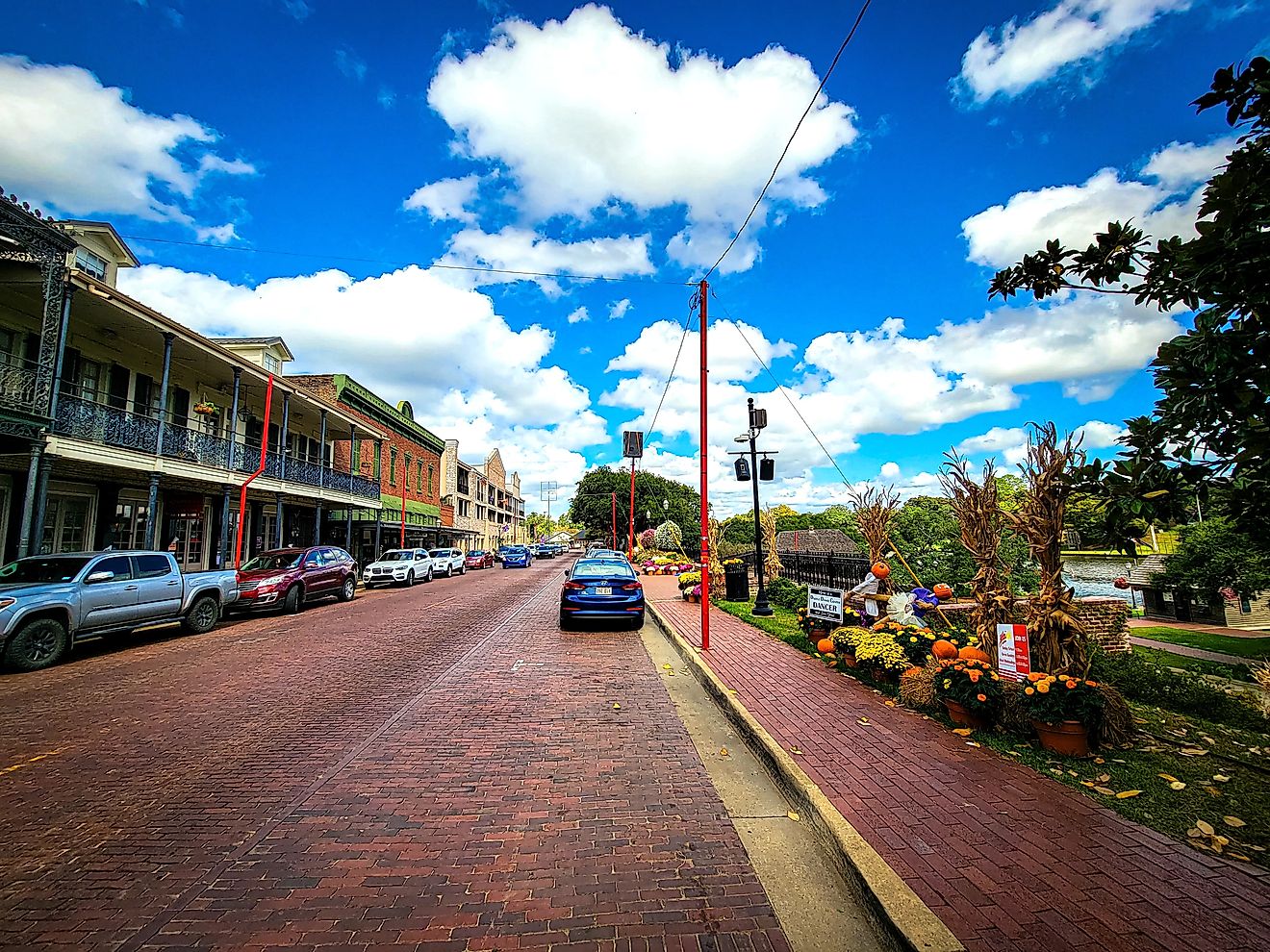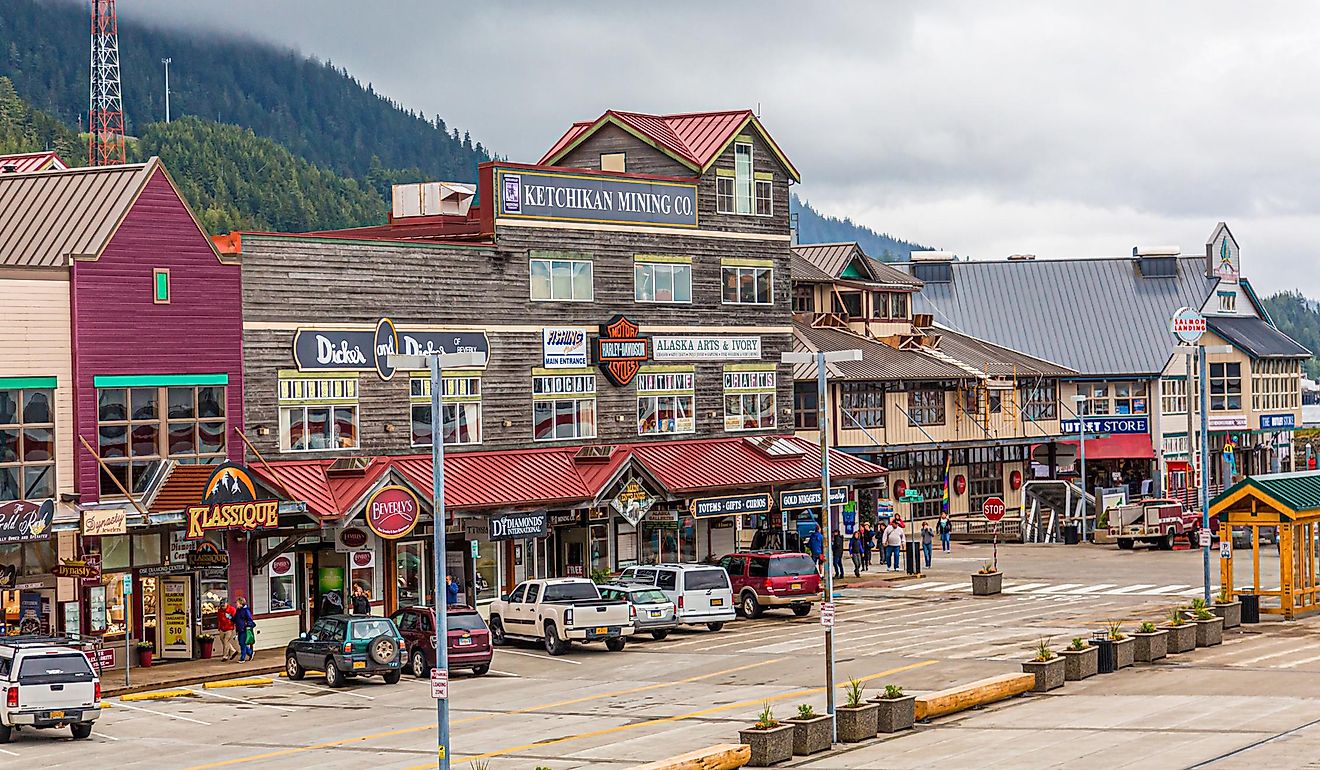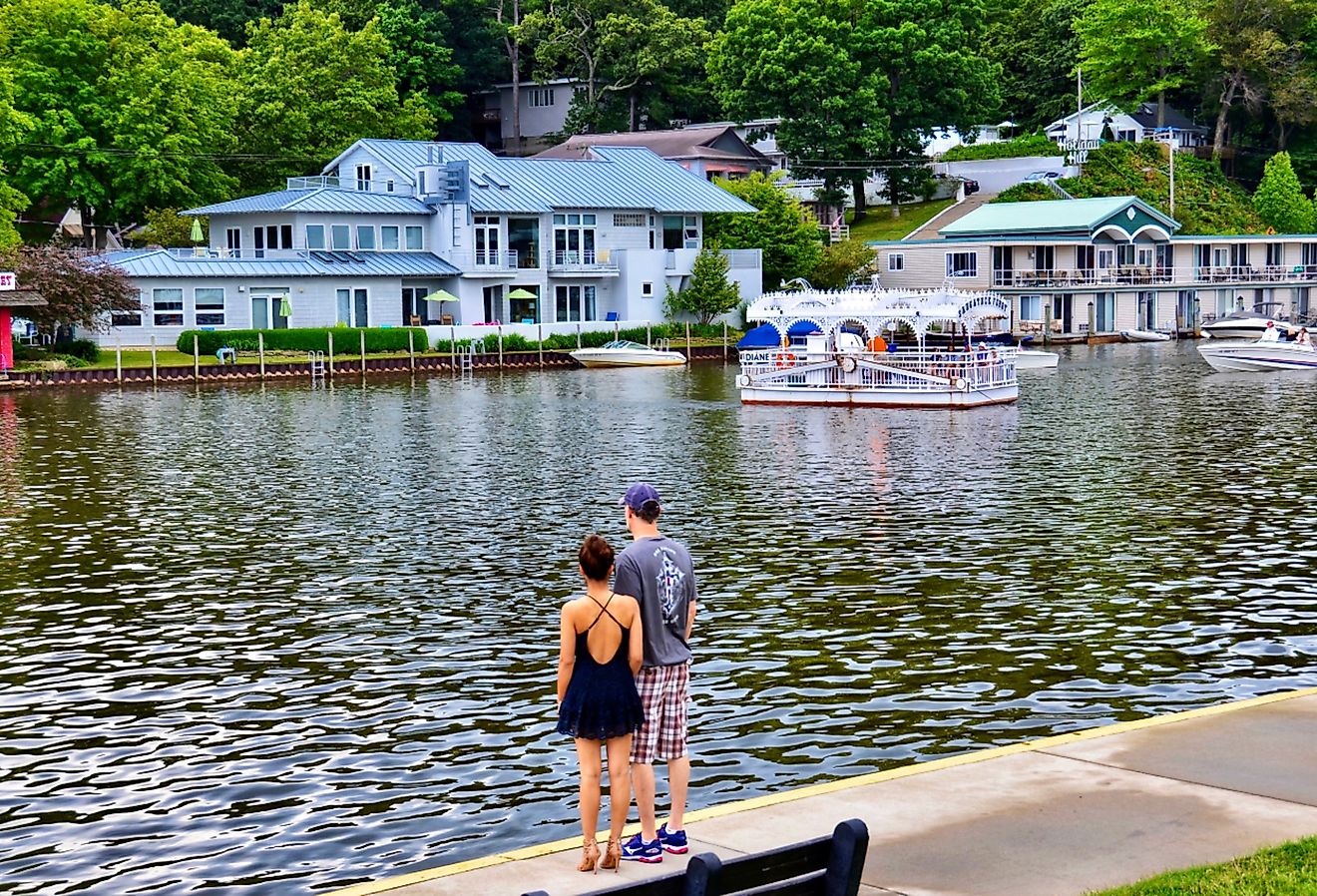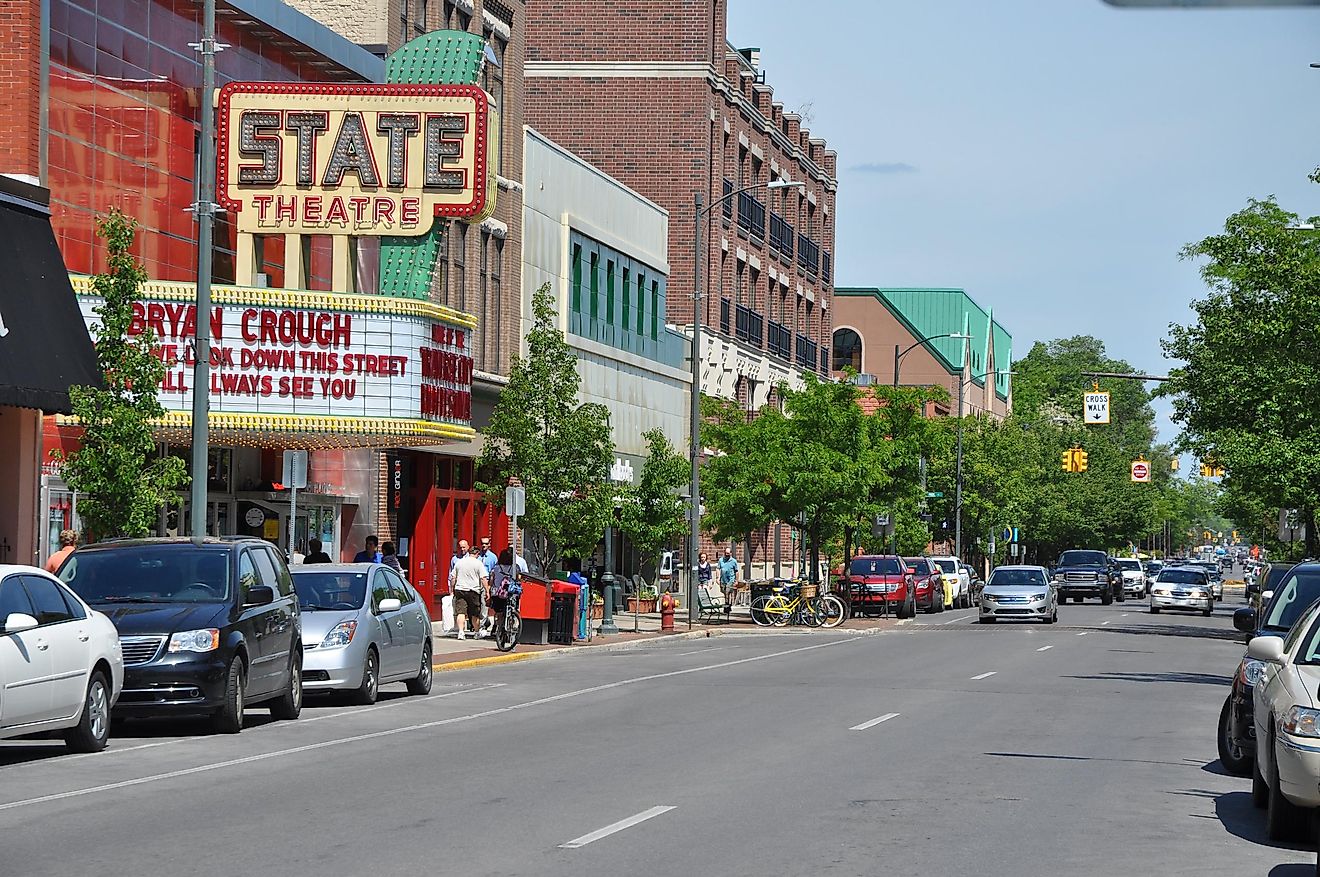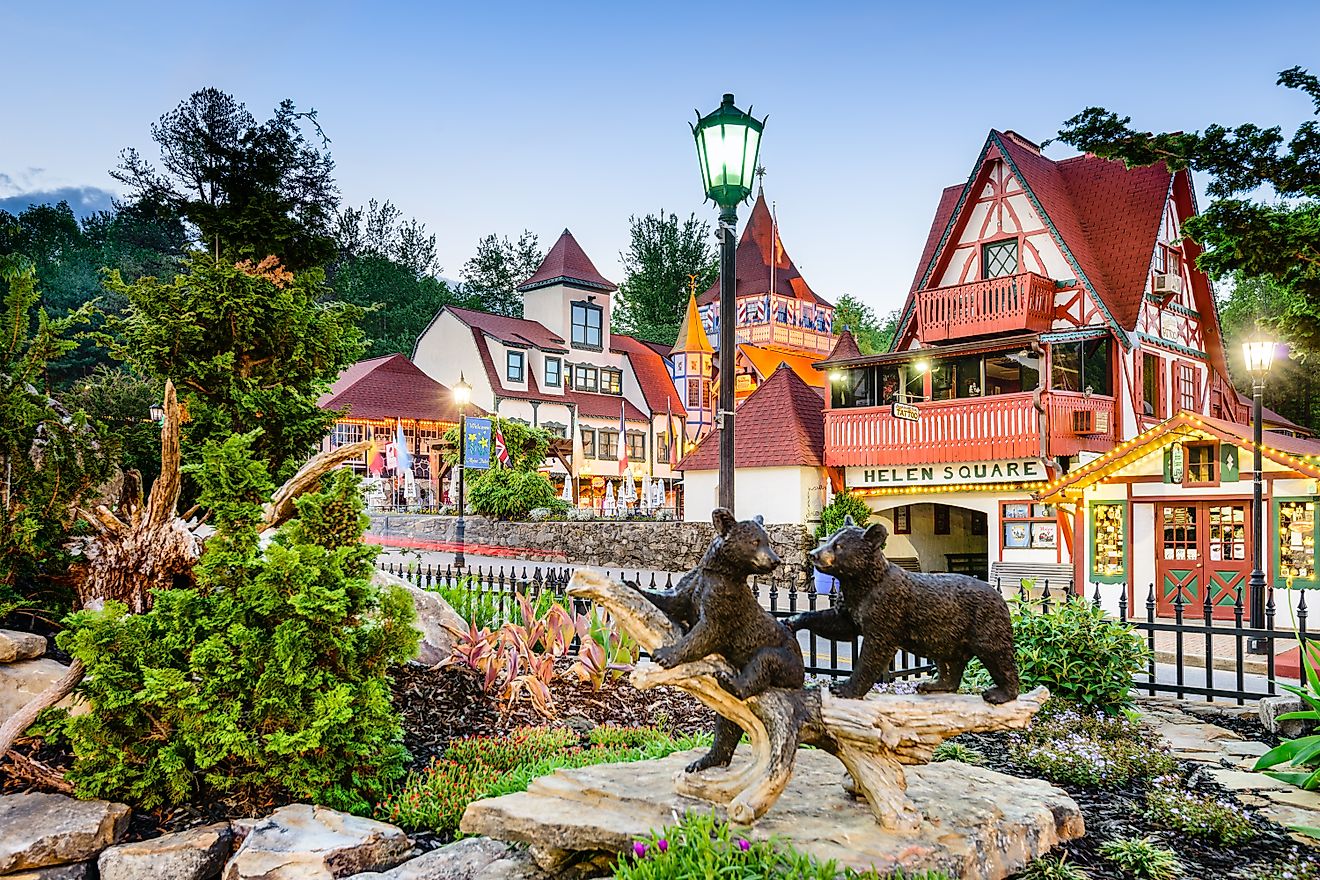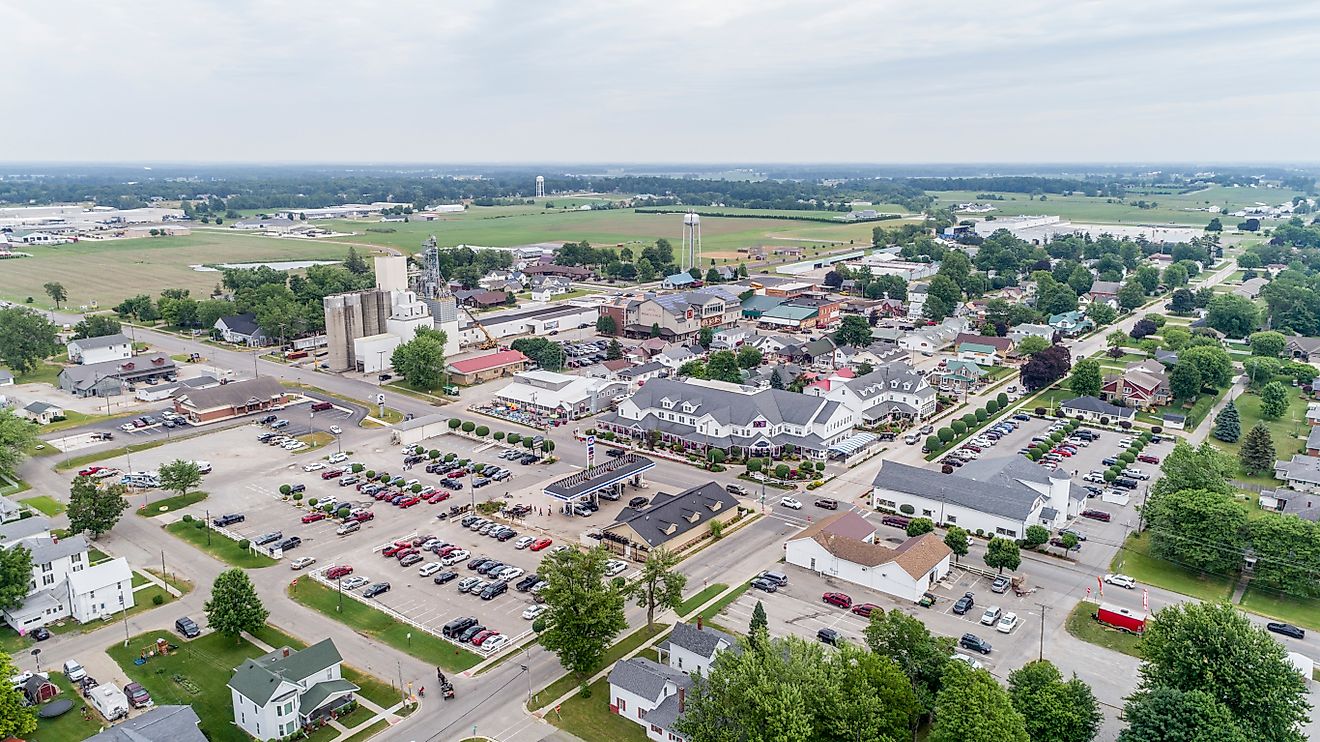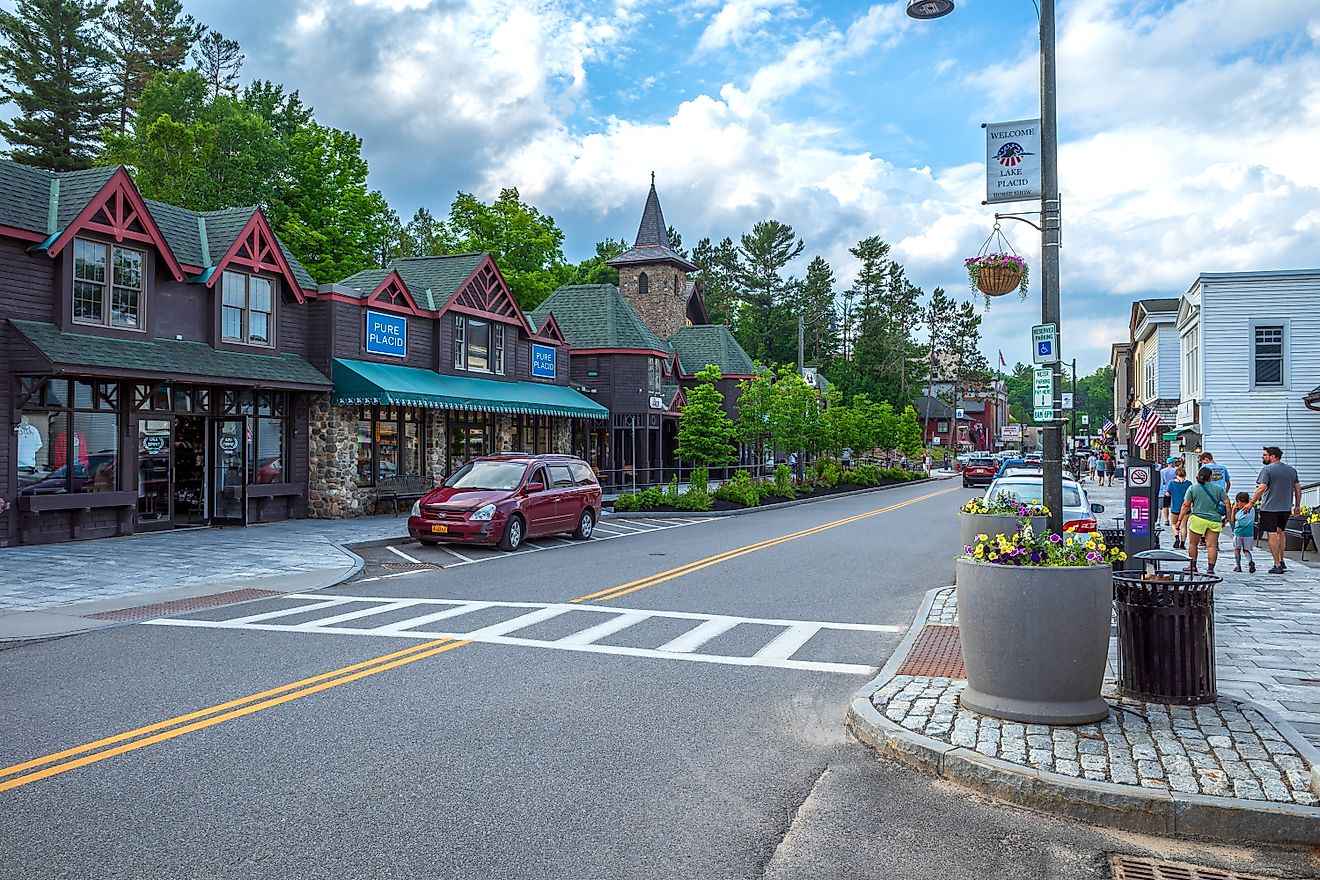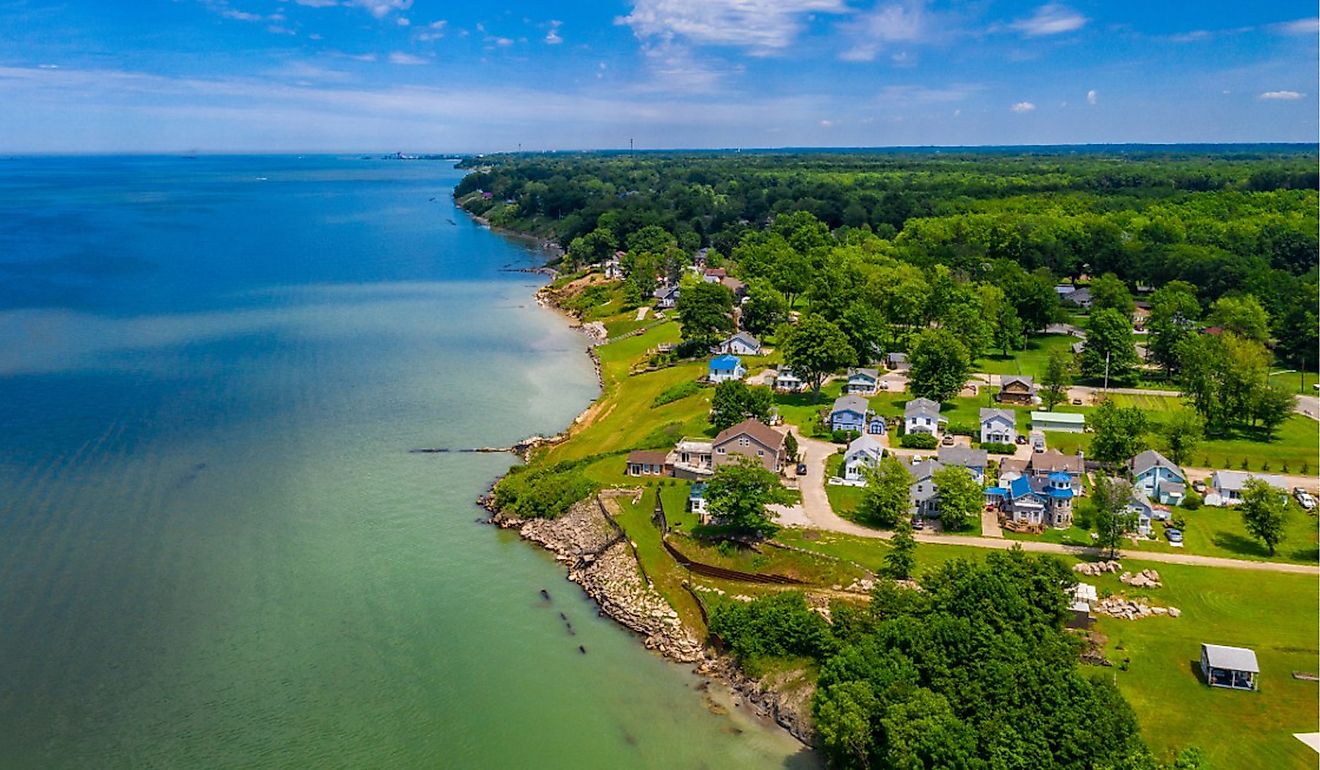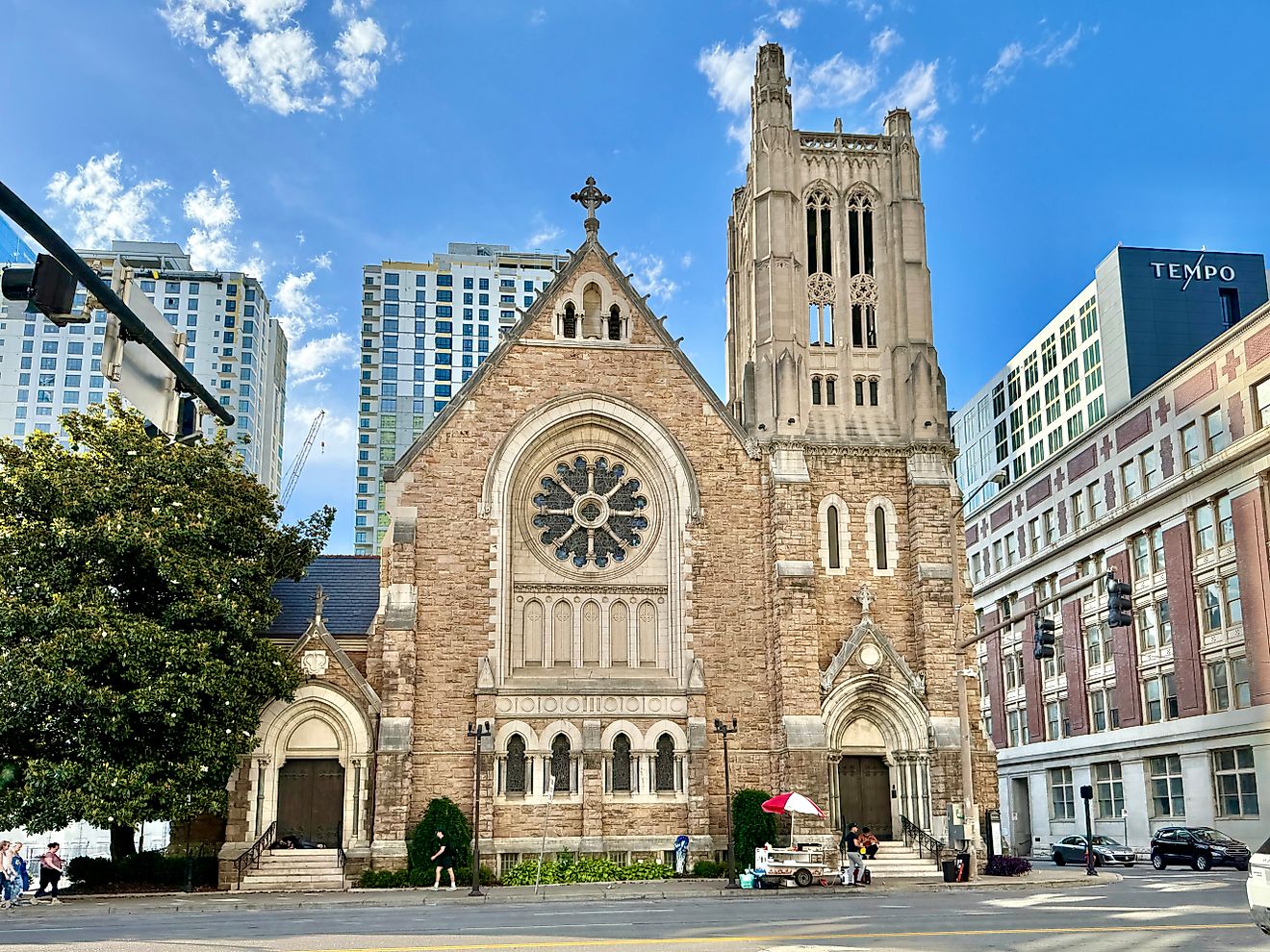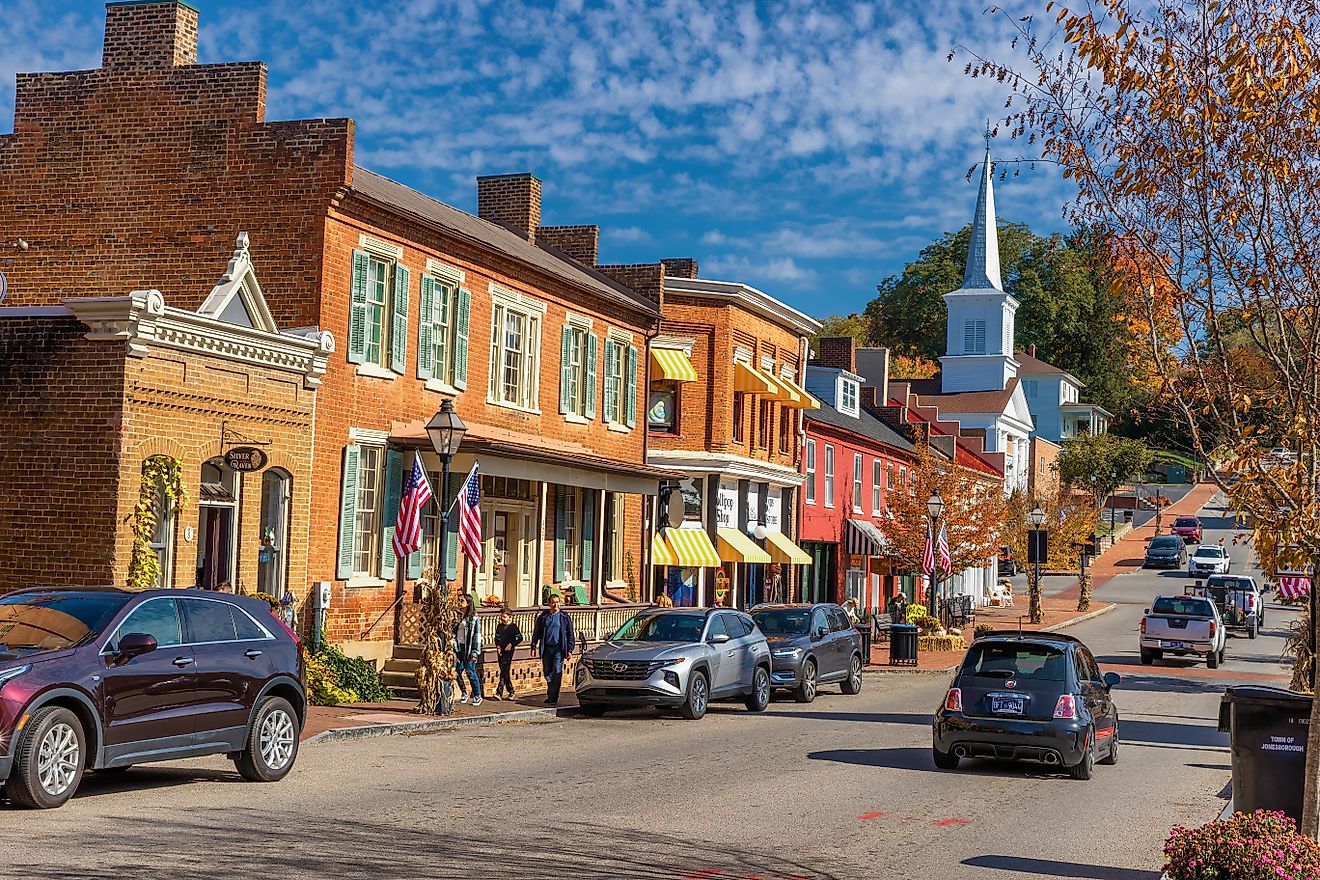
6 Old-Timey General Stores In Montana
The rise of general stores in Montana is intrinsically tied to the state’s development, especially during westward expansion, the establishment of rural communities, and the growing tourist industry. Tourism began arriving in Montana with the advent of the railroads, which brought visitors to Yellowstone and Glacier National Parks, creating a demand for goods and services that general stores supplied. The stores provided early settlers and travelers essential supplies, including food, clothing, and tools.
Many of these general stores have vanished with the rise of big-box stores, chain retailers, and online shopping. Still, these six have endured by serving as historic landmarks or tapping into the nostalgia people seek in today’s fast-paced digital world.
Polebridge Mercantile (Polebridge)
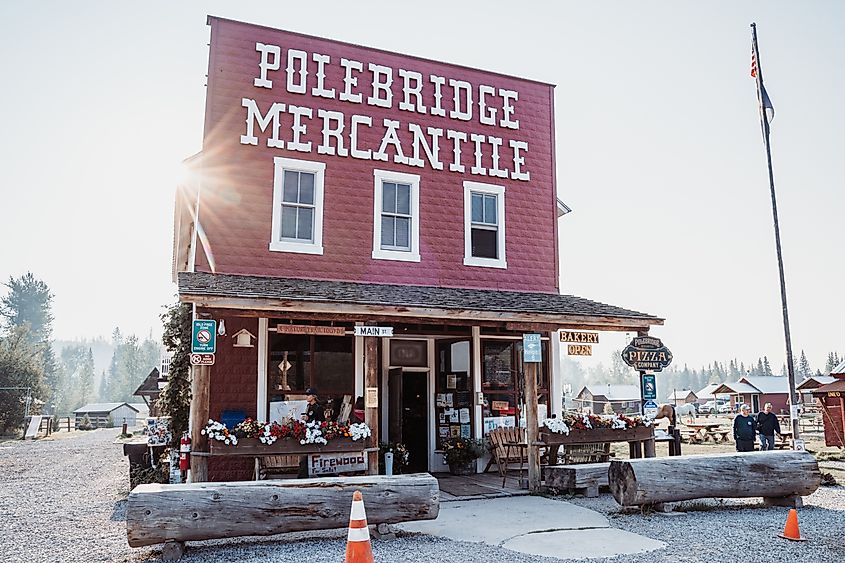
The Polebridge Mercantile was built in 1914 by William L. “Bill” Adair and was initially known as Adair’s. Like many of Polebridge’s early settlers, Adair took advantage of the U.S. Homestead Act and bought a 160-acre plot of land outside the then newly established Glacier National Park. One of the reasons Adair built the store affectionately known as “the Merc” is that a creek flowed past the store, allowing customers to water their livestock while they shopped for general goods.
Today, the historic Polebridge Mercantile is the heart of the small town on the park's northwestern edge. Eight different owners had owned the store at one time or another, until Will and Katerina Hammerquist purchased the store, outbuildings, and 23 acres of land on the 100th anniversary of the mercantile’s opening in 2014. While the clientele has changed over the years, from homesteaders to tourists, the big draw to the store is the bakery, where there’s a line most mornings for the 500 famous huckleberry bear claws they bake every day. Behind the store are four rustic rental cabins, a full-service, shared bathhouse within walking distance, and an outfitter, where visitors can rent electric bikes, stand-up paddleboards, and kayaks.
Rising Sun Inn General Store (St. Mary)
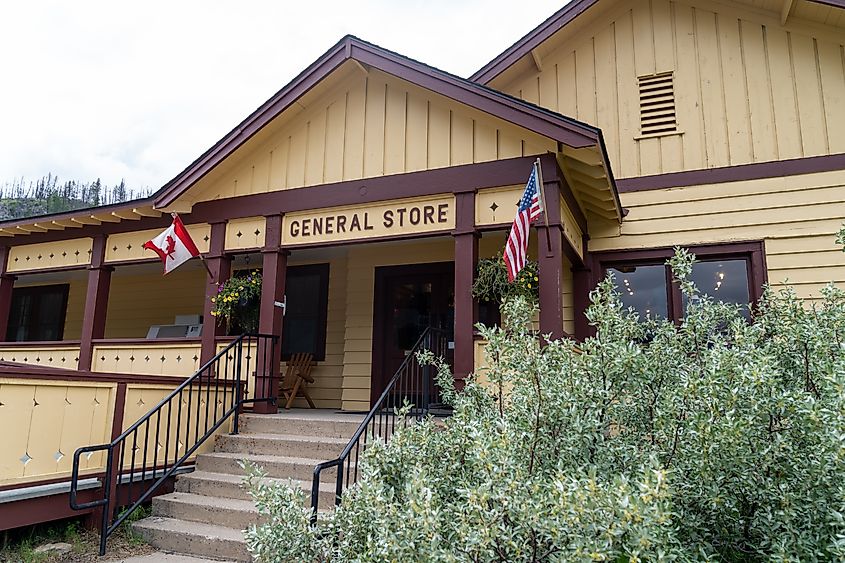
Completing the Great Northern Railway in the late 19th century, the northernmost transcontinental railroad in the United States, spurred a wave of tourist interest in the Treasure State and led to the creation of Glacier National Park in 1910. Wealthy tourists were the first to visit the area by trail, but by the late 1920s and 1930s, cars began to replace railroads for long-distance travel, leading to the creation of the National Historic Landmark, the Going-to-the-Sun Road. To handle the increased road traffic in the area, the Rising Sun Auto Camp was established in 1940 on the historic road, followed by the addition of the General Store one year later in 1941.
By 1950, the property was renamed the Rising Sun Motor Inn & Cabins. Today, the 72-unit property is situated against a breathtaking mountain backdrop, overlooking Saint Mary Lake, the second-largest lake in the park. In keeping with the 1940s-era in which the motor inn was built, there are no televisions, air conditioning, or telephones in the guest rooms. The onsite general store sells souvenirs, clothing, a few outdoor items, bear spray, cold drinks, and a limited selection of groceries.
Lake McDonald Camp Store (West Glacier)
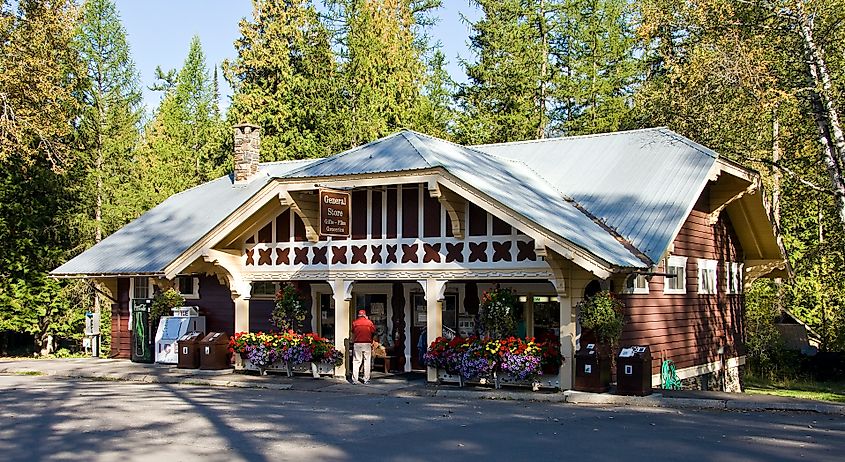
The Lake McDonald Camp Store is about 10 miles from the west entrance to Glacier National Park. Built in 1937, this Swiss Chalet-style store building was initially constructed to serve tourists staying in the cabins at the adjacent Lake McDonald Lodge, and as a stopping point for automobile travelers traveling by on the nearby Going-to-the-Sun Road, not in need of hotel lodging or dining. The building was listed on the National Register of Historic Places as part of the Lake McDonald Lodge Historic District in 1978. Its name has since been changed from the General Store to the Camp Store, and it sells grocery items, camping supplies, clothing, souvenirs, and gifts.
General Mercantile (Helena)
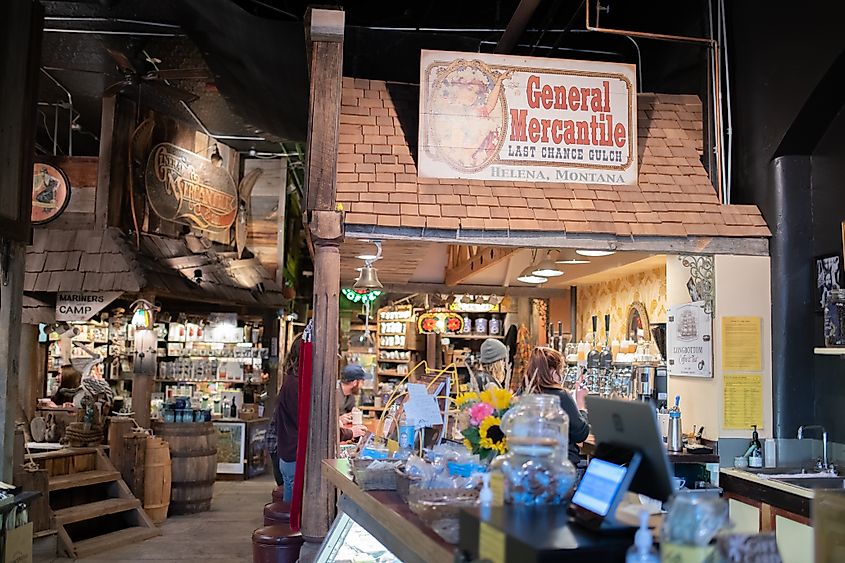
Established in 1971, the General Mercantile in downtown Helena may not be as ancient as some of Montana’s general stores, but stepping into the homey gourmet coffee, tea, and gift emporium certainly has all the charm and warmth of a store right out of the Old West. Originally owned and operated by Ray Domer, the store was sold to Lindsey Barnes in 2016, who still works the espresso machine today.
The store’s merchandise includes souvenirs like comfy sweatshirts, T-shirts, trucker hats, and coffee mugs. Other items on the shelves are classic candies from childhood, artisanal soaps and lotions, essential oils, old-fashioned board games, greeting cards, and more. Please make no mistake; the General Mercantile takes its coffee seriously with house specials named after locals, like Coach on Ice, Roger, and Ray Roger, all named after their beloved founder. There are also iced coffees, teas, and old-fashioned sodas on the menu.
Cooke City General Store (Cooke City)
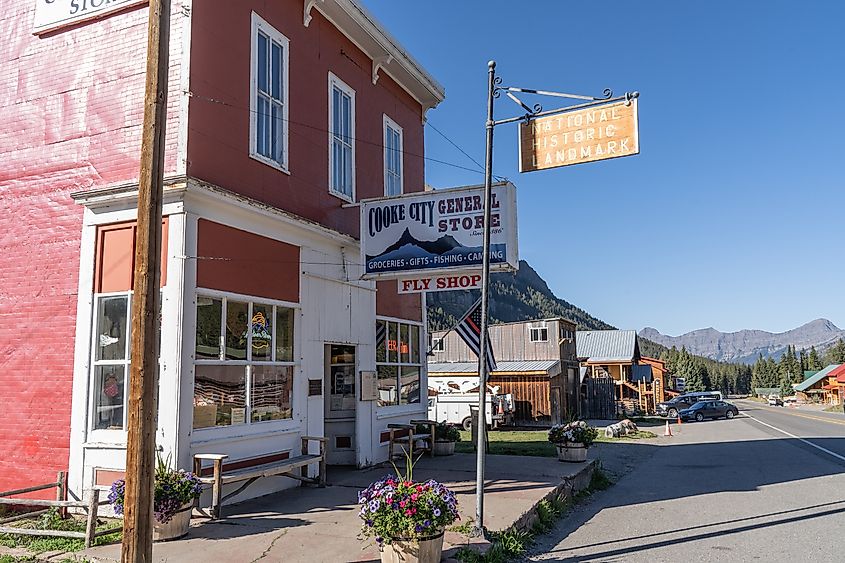
The Cooke City General Store has been a community hub since its construction in 1886 on the Cache of Ore Millsite, owned by George A. Huston, the earliest known prospector in the area. It changed hands several times, providing goods and services to the miners and settlers in the mining town of Cooke City. In July 1908, Nels and Elizabeth Soderholm purchased the store, where Nels worked as the postmaster until he died in 1939. Elizabeth took over the store and was the postmistress until she retired in 1957. In 2003, the current owners, Troy and Beth Wilson, purchased the store, a lifelong dream for Troy, who’d spent 10 summers working there as a clerk.
Tucked in the Beartooth Mountains, the old-timey store is only four miles from the Northeast Entrance to Yellowstone National Park, and a popular stop for tourists looking for Montana, Wyoming, and Yellowstone fishing licenses and essential gear. The store sells basic groceries, sundries, beer and wine, gifts, and much-loved penny candy. A section of the store showcases various vintage items from the past, including the original hand-crank register from the late 1800s, which still works. Finally, Troy is also a licensed Montana real estate broker if visitors to the old general store want to put down roots in Cooke City.
Silver Gate General Store (Silver Gate)
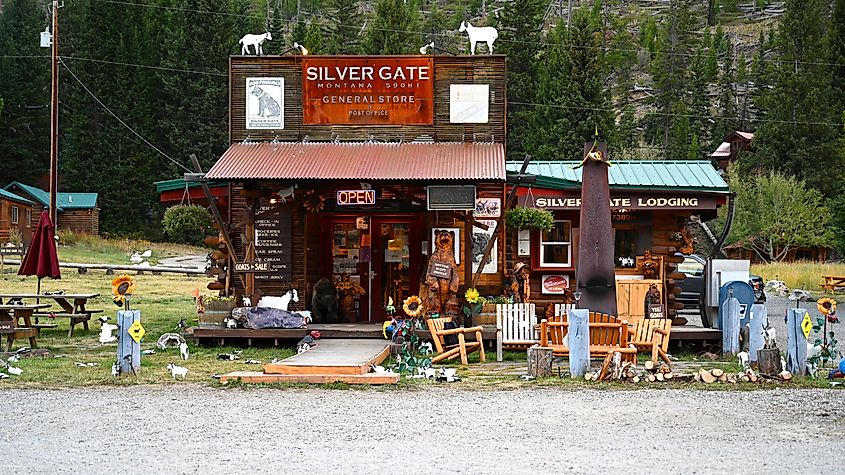
Down the road from Cooke City, visitors to the tiny community of Silver Gate won’t be able to resist stopping at the eye-catching Silver Gate General Store and Post Office, located one mile from the Northeast Entrance to Yellowstone National Park. Part of the Silver Gate Lodging establishment that offers rustic cabins for overnight visitors to Yellowstone’s Lamar Valley, Montana’s Beartooth Mountains, and the Wyoming Sunlight Basin, the onsite general store sells groceries, beer and wine, and Montana-made souvenirs.
According to long-time resident and owner of the nearby Royal Wulff Tavern in Silver Gate, Chris Warren, novelist Ernest Hemingway visited Cooke City and Silver Gate throughout the 1930s, even mailing final drafts of “Death in the Afternoon” and “To Have and Have Not” from the general store’s post office.
Montana's historic and iconic general stores offer a unique glimpse into the state’s rich history and culture. These six stores emerged during the 19th and 20th centuries as vital hubs for communities shaped by rapid change and opportunity. They became indispensable not only for their goods but also as social and economic centers for Montana’s growing communities, then and now.
